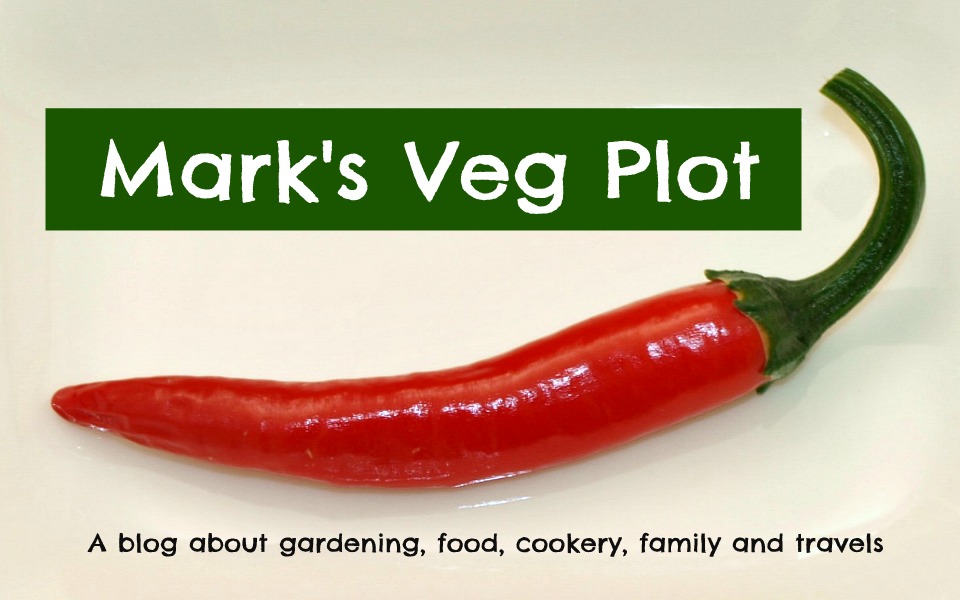The Strawberries are producing some fine fruit. Never very many - just a handful every couple of days - but even so, this is the greatest quantity I have ever had! You have to make allowance for the fact that the space devoted to growing them is only about 6 square feet.
My Strawberries are mostly munched immediately after harvest....
This week I also had a few Spring Onions to harvest. I sowed them in among the Carrots in the plastic boxes in that tall wooden planter of mine, as a way of reducing the likelihood of Carrot Root Fly damage. That may just be an Old Wives' Tale, but a few Spring Onion seeds don't cost a lot so I thought it worth a try. The onions were getting long and lanky and were beginning to block some of the light from the carrots, so I decided to pull them up. This is what I got:
They are the variety "Ishikura", a non-bulbing variety.
This unexpected little bonus duly found its way into a Chinese-style stir-fry.
This week I have not harvested any more Lettuce! This is because the fridge was already full of Lettuces, so we have been eating plenty, just not harvesting any more. On the other hand I HAVE been harvesting more Broad Beans.
Once BBs are ready to pick, you have to pick them. Otherwise they will go tough and leathery.
By the way, thanks to those of you who gave me ideas for ways to eat the Broad Beans and their pods. There were some interesting suggestions.
I have made a start on the Second Early potatoes now. The First Earlies are all finished. These are "Charlotte" (approx 1kg) and "Blue Kestrel" (approx 650g).
The "Blue Kestrel" are certainly very impressive to look at (though the blue colour is only skin-deep). I wonder what they will be like to eat.
No doubts about "Charlotte" though. This is justifiably one of the nation's favourite potato varieties.
Just one other harvest item to report... As I sit here writing this I am inhaling the aroma of some chicken stock simmering on the hob. As well as the usual stuff like onion, carrot and Bay, the stock has several stalks of Leaf Celery in it. It smells absolutely heavenly, and I hope the taste will be of a similar standard!
